The year is 2022 and it’s your avatar your friends are waiting for. You’re running late for a concert, but don’t worry! You already have front-row seats to the most immersive virtual experience. Late last century, when the internet was invented, people could hardly fathom the possibilities it would present. Fast-forward to the present day and we’re talking about a wholly digital verse and a virtual economy with real-time experiences. Virtual cafes, virtual fashion shows, virtual concerts, virtual shopping – a new era of customer engagement is here. The possibilities are endless, but how ready are today’s consumers for a future in the Metaverse?
Virtual avatars are taking the world by storm- but less than half the population is up to date. With a ferocious hype around the term, industry stalwarts, tech conglomerates, and big brands have quickly jumped onto the bandwagon. Customers, however, are not as ready as we think. A recent survey indicates that almost 50% of consumers still remain unfamiliar with the term ‘Metaverse’. Only 5% consider themselves enthusiastic users. In fact, while late 2021 and early 2022 saw a spike in the number of interested users, Google search trends indicate dwindling consumer interest.
The Metaverse is here
While consumers may not be ready, the Metaverse is here, and sooner than we think. Gaming, entertainment, and enterprise-associated applications are already making headway on the Metaverse. On May 24, Microsoft announced Kawasaki as their new customer for their ‘industrial metaverse’. They will leverage HoloLens headsets to produce robots and help workers by overlaying digital imagery on factory floors. This will help with production and repairs and combat supply chain problems. Meta too has been making strides with their upcoming mixed reality headset for people working remotely. Additionally, technology like holograms can replace wordy emails for immersive communication with the user. Remote team collaboration can be facilitated in a virtual space with 3D life-size avatars to help get rid of isolation.
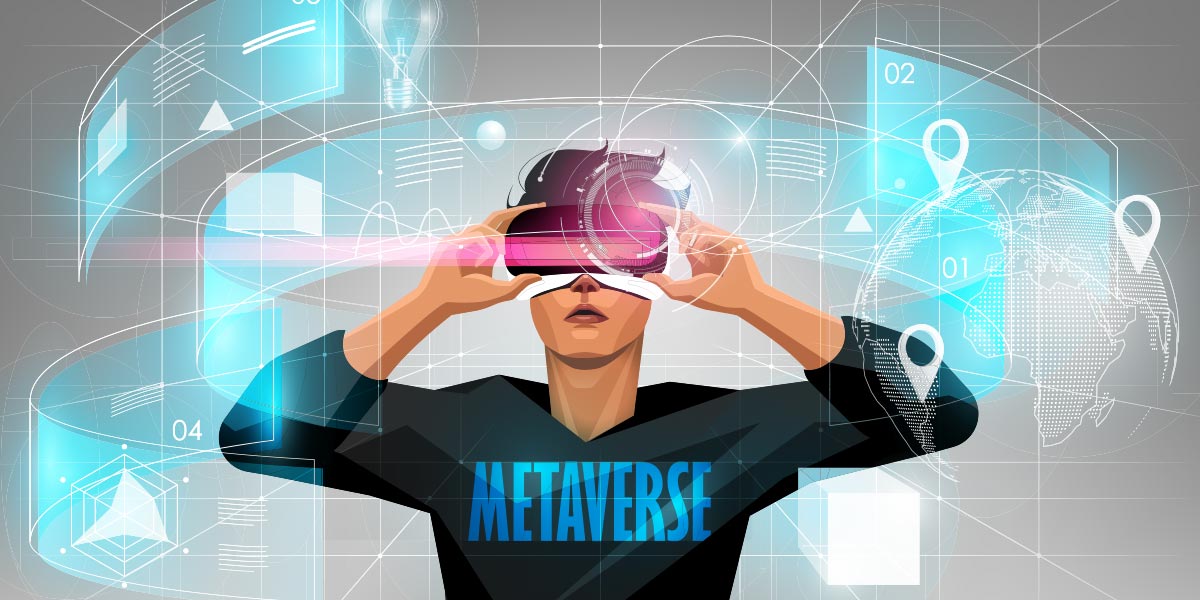
Brands too have started dipping their feet in the water. Since Web 1.0, technology (and customer preferences) have been evolving at a rapid rate. Traditional brands late to the digital game had to undergo tremendous transformation processes to keep up with the changing times. To avoid this, brands today are scrambling to build their presence on the Metaverse to be at the forefront of the revolution and enjoy the first-mover advantage as this space continues to develop.
For instance, Nike filed trademark applications to sell virtual branded sneakers and apparel. In collaboration with Roblox, they built ‘Nikeland’ a virtual world for players to meet, try sports shoes, and run marathons. Walmart is gearing up with their own cryptocurrency and NFTs to sell virtual products in their online stores. In January 2021, Disney was granted a patent for a ‘virtual-world simulator’, an experience of an immersive digital world free of headsets.
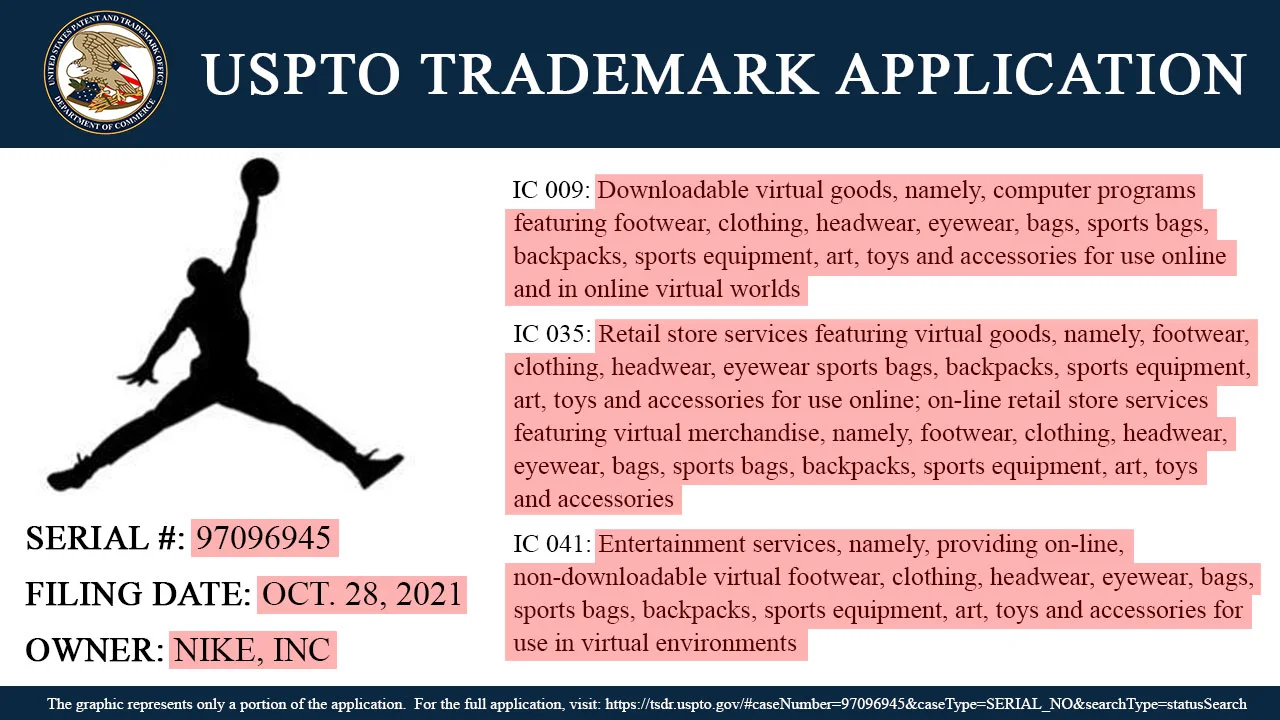
The implications of the Metaverse for consumer behavior
The transition to the Metaverse will see consumer behaviors adapt to new forms of content, interactives, and shopping experiences. Virtually immersive concerts on the Metaverse have already garnered a fan following — from Justin Bieber’s avatar bringing together fans worldwide to Megan Thee Stallion’s immersive VR concert. Tech players are constantly innovating to captivate customers with immersive experiences. For instance, Hyperreal creates 3D digital twins of real-world humans and graphic engines like Epic Games’ Unreal Engine are used to make virtual concerts more realistic.
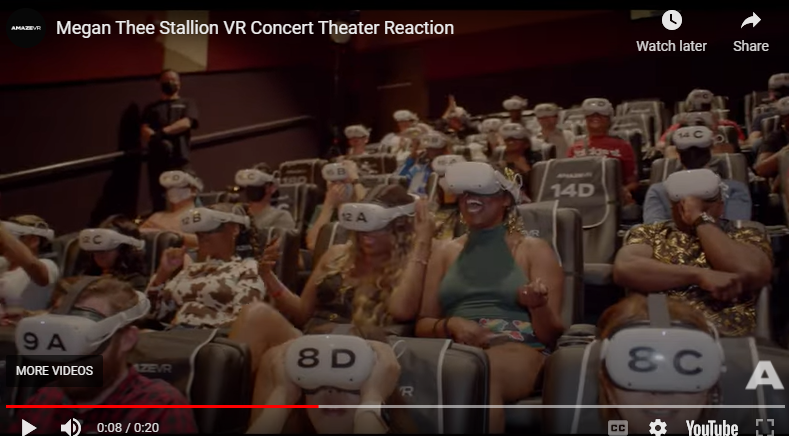
The accelerated shift to digital has only unlocked greater potential for the widespread adoption of the Metaverse. In fact, 58% of consumers already believe that the Metaverse will eventually replace social media as social media 2.0.
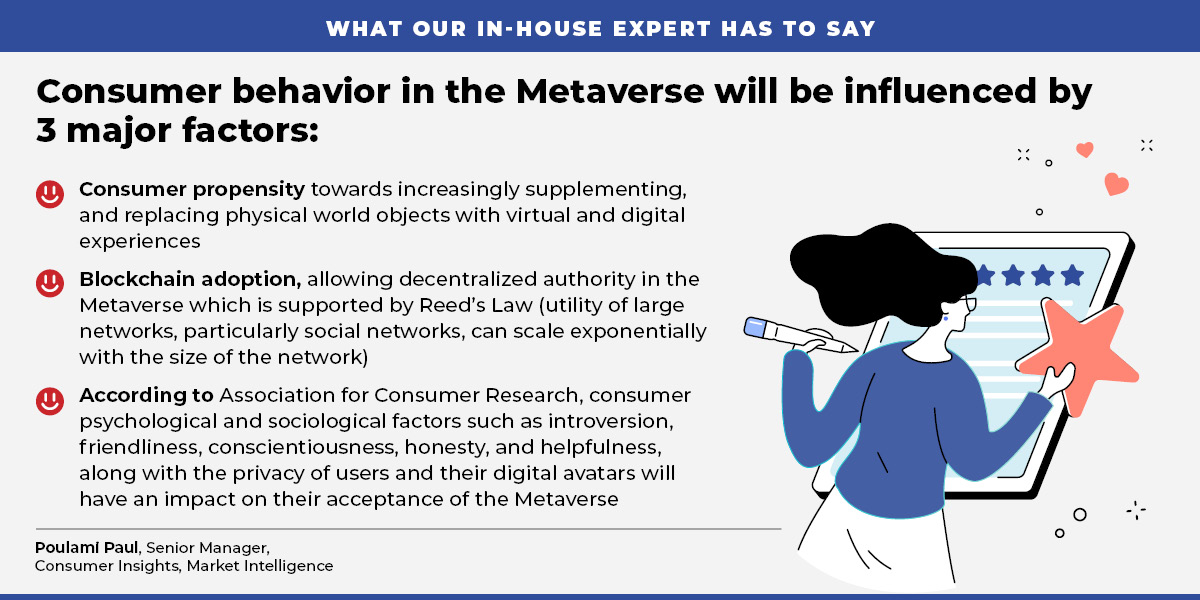
Consumers will slowly replicate their daily physical habits in the digital sphere including owning assets like land, cars, and NFTs and engaging in financial investments, work possibilities, and entertainment. Brands are analyzing consumer behavior in terms of demographics, ethnicity, gender, and the relationship dynamics between the users and their NPCs/avatars (non-playable characters) in order to succeed in the Metaverse.
With brands today already implementing smart technology and integrating ‘phygital’ shopping experiences, AR/VR-powered metaverse environments offer them a unique opportunity to expand retail into the Metaverse. We’ve already seen virtual purchases being made by gamers and in the entertainment sector. Soon, mainstream shopping and commerce in the Metaverse is the next big step.
In a recent example, a leading technology conglomerate sought Netscribes’ assistance to identify metaverse shopping adoption trends, and gauge the interest of retailers, brands, as well as consumer perceptions of shopping in the Metaverse.
Read the case study: A tech conglomerate examines Metaverse shopping adoption trends
Will the Metaverse change consumer-brand interactions?
Most definitely. A survey indicated that young Gen-Z customers were the most prominent consumers on the Metaverse. Approximately 75% of Gen-Z shoppers have made a digital product purchase in a video game. 41% of the Gen-Z surveyed believe that brands should sell products on the Metaverse as it provides customers with a platform to purchase NFTs and other digital assets. Virtual products and services will broaden revenue channels for brands. In fact, with products like $2,900 designer handbags and creators of virtual sneakers and collectibles RTFKT generating sales of $3.1 million within 7 minutes, the Metaverse today is undoubtedly an expensive investment.
So why will consumers invest? To garner mainstream traction from a larger customer base, brands will have to do a good job convincing consumers of the Metaverse. Presented with a great opportunity to connect with a new generation of consumers, brands would do well to invest their efforts in developing captivating digital experiences through innovative marketing strategies that ultimately enhance the brand value.
Marketing in the Metaverse will require rewriting the rules of marketing altogether. Driving value online and creating a unique customer experience will require reimagined frameworks such as new partnerships across industries. For instance, to build brand awareness with the young audience, Gucci partnered with metaverse gaming platform Roblox for a Gucci garden, recreating their real-life installation in Florence.

Similarly, Balenciaga collaborated with Fortnite to introduce their brand to the Metaverse by offering digital outfits to players inspired by their real-life pieces. While several were paid, some items in their virtual boutique, like their Triple S Sneakers could simply be unlocked. In the one week, the hub was live, players could hang out together, try on outfits and add brand merchandise to their inventories.
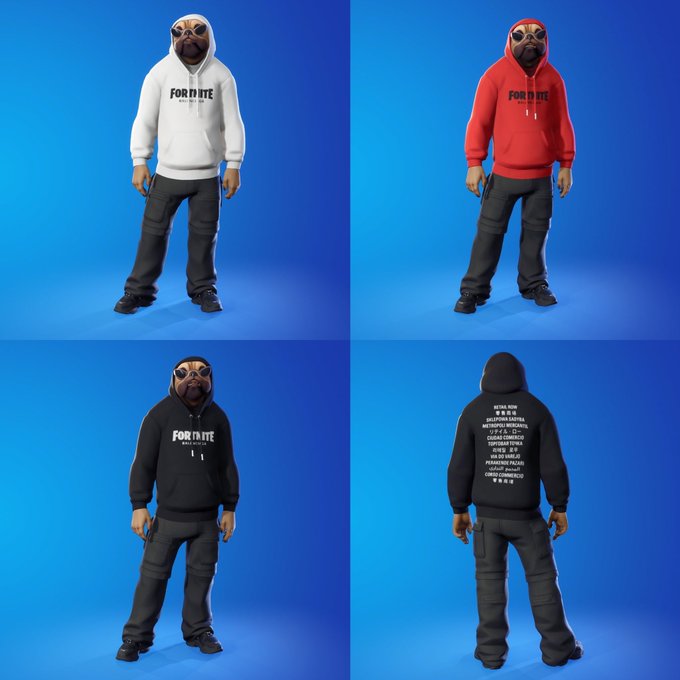
Are consumers and brands ready for the transition to the Metaverse?
At present, the transition remains an ongoing process and is at its nascency. Brands and consumers alike are trying to figure out how to navigate the Metaverse and weigh its pros and cons. The concerns about data privacy and the use of cryptocurrency will introduce an overly cautious customer. Cyberattackers are already hard at work with multiple cases of massive data breaches, theft, NFT, and crypto scams being reported in the last 6 months alone. This has markedly led to a sense of distrust in emerging tech with only one in five consumers expressing a desire to shop on the Metaverse at all.
Brands are faced with meeting these consumer concerns. Establishing your brand in the Metaverse requires a robust technical ecosystem with high computing power, fast network connectivity, advanced chips, a high virtualization engine, and light technology. Additionally, brands should take care to set adequate and uniform policies and regulations to control cybercrime. User verification protocols and the establishment of a legal and regulatory body are key to protecting data privacy.
At least, building a robust foundation and slowly easing the consumer transition will be key for brands. From establishing brand and customer experience in the Metaverse to optimizing their visual search, brands will have to reinvent their strategies and campaigns.
The Metaverse can appear a daunting space to navigate. Eager to stay ahead of the fast-paced competition? Understand your customer, and determine the best strategies for your brand. Gain actionable insights into the evolution of the Metaverse with Netscribes’ technology and innovation intelligence solutions.
Get in touch with us today.






